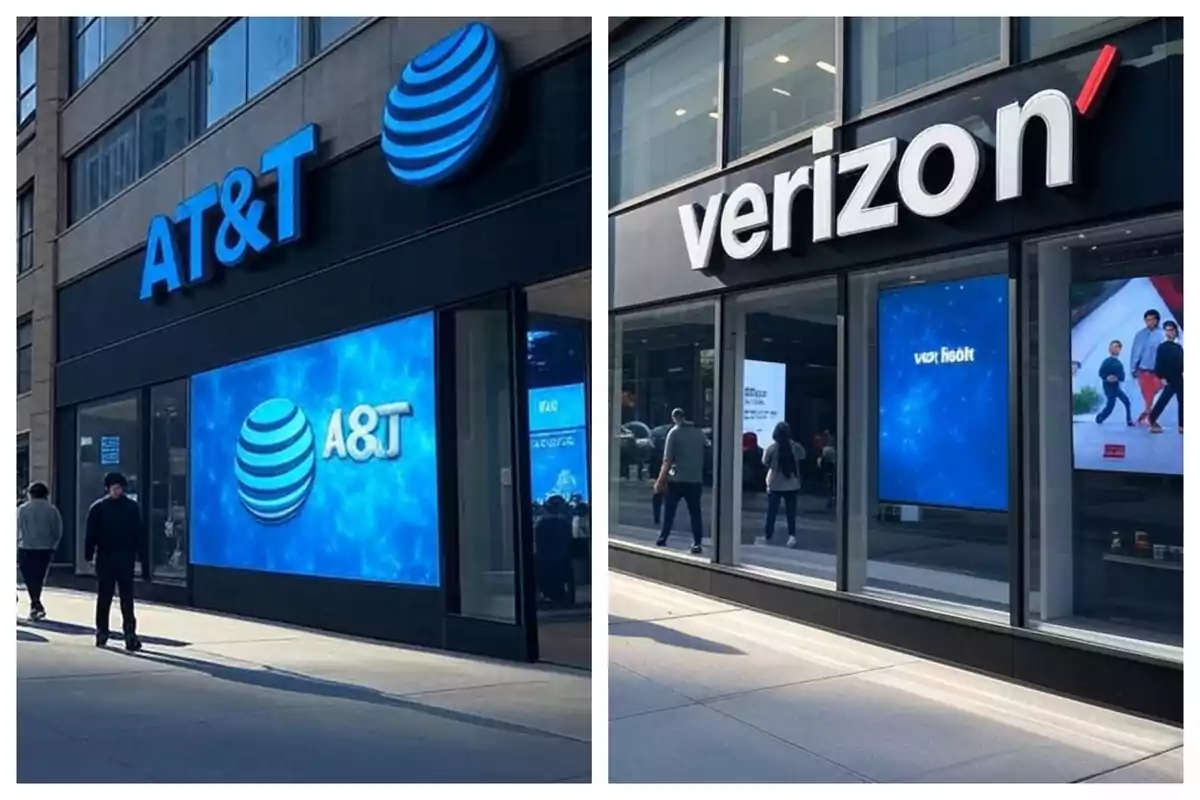Something important is happening in the world of telecommunications. Although many people think that the United States always leads in innovation, this time the outlook is different. A key technology for the future of connectivity is already underway, but not everyone is ready.
There is a U.S. company that is ahead of the rest. However, its main competitors risk falling behind at a decisive moment.
We are referring to 5G SA, also known as standalone 5G. This is the full version of 5G, much more advanced than traditional 5G. Unlike non-standalone 5G, which still depends on 4G infrastructure, 5G SA is built from scratch.

Its operation relies exclusively on cutting-edge technology. This results in faster, more stable connections with lower latency. In addition, it is essential to make applications like autonomous cars, smart factories, or next-generation emergency systems a reality.
Verizon and AT&T must make a move
In the United States, only T-Mobile has taken a firm step toward this next-generation network. It already provides its customers with a 100% 5G experience. Meanwhile, Verizon and AT&T remain behind, at least regarding the real and accessible implementation of 5G SA networks.
Verizon has hinted that its standalone 5G network is already available nationwide. However, there are still no clear details about how its customers are using it or which services are taking advantage of it. For now, it seems to be mainly aimed at critical situations, such as emergency services, and at companies that require customized connections.
In AT&T's case, the outlook is even more confusing. The company has not revealed much information about its progress in this area. This leaves many people with doubts about its short- and medium-term strategy.

The truth is that while these U.S. operators hesitate, Europe is already taking the lead. According to a recent report from Dell’Oro Group, 70 telecommunications operators in 39 countries have deployed 5G SA networks. In 2025 alone, new networks have been added in countries such as France, Spain, Slovakia, or the Czech Republic.
This shows that the race for true 5G has already begun, and the United States is not in the lead. For now, many of these standalone networks are aimed at business uses or fixed wireless internet, a modern alternative to cable internet. However, they are expected to soon begin offering services to end consumers as well, marking a turning point in the mobile experience.
The conclusion is clear: Verizon and AT&T must pick up the pace if they do not want to miss the standalone 5G train. Global competition doesn't wait. If these operators do not act now, they risk falling behind in one of the most important technological transformations of the century.

